Overview
Located in the Uttarkashi, Garhwal Himalayas at an elevation of 14,000 feet (4267 meters), Gidara Bugyal is one of the highest and grandest alpine meadows of Uttarakhand at the base of Mount Bandarpunch.
Gidara Bugyal Trek with Dayara Bugyal Trek has recently gained popularity among trekkers seeking an offbeat and thrilling experience of ridge walking. Gidara is grander than our Dayara Bugyal, Kush Kalyan Bugyal and even twin Ali and Bedni Bugyal.
Gidara Bugyal rewards you with a sense of calmness, panoramas, and a chance to walk ridges in one trek. From the summit of Gidara Top, witness a 360-degree view of the Himalayan peaks such as Mt.Bandarpoonch, Swargrohini, Srikantha, Gangotri peaks, etc. Their majestic presence leaves an indelible mark on your soul. The Gidara Bugyal trek offers a diverse range of experiences, from exploring dense forests and interacting with warm-hearted local communities like Gujjars to navigating challenging trails and delighting yourself in the solitude of the mountains. It’s a journey that challenges your physical and mental limits
Itinerary At a Glance
Day 1: Arrive Raithal
Day 2: Raithal to Chilapada (6 km)
Day 3: Chilapada to Devkund (7 km)
Day 4: Devkund to Pailutna (8 km)
Day 5: Pailutna to Gidara (8 km)
Day 6: Gidara to Gujjar hut via Gidara Top (7-8 km)
Day 7: Gujjar hut to Uttarkashi via Bhangeli (6-7 km)
Day 8: Departure to Dehradun
Itinerary
Day 1: Reach Raithal via Road
Drive Distance: 185 km
Drive Time: 6-7 hrs
Altitude: 7,100 ft
The first day is dedicated to traveling to the beautiful village of Raithal, our base camp for the Gidara Bugyal trek.
Raithal is connected by motorable roads from most of the important cities like Dehradun, Rishikesh, Uttarkashi, etc. You can choose the city at your convenience and travel the other half of the way via road.
Note – We offer a transport facility from Dehradun to Raithal, given prior notice. Trekkers have to bear the extra charges for it.
Enjoy the scenic drive, winding through the beautiful foothills of the Himalayas. The journey offers glimpses of lovely villages and the meandering Bhagirathi River. Don’t miss the “Tingling Point,” aka (Moraina Top) because from here, you get a clear view of Gangotri range, Kala Nag, etc, and by luck, on a very clear day, you spot Nanda Devi peak as well.
Once we arrive at Raithal, you’ll have the afternoon and evening to relax and acclimatize to the higher altitude. Take a leisurely stroll through the village, interact with the friendly locals, and discover various sites Raithal has to offer.
Tip – You can also visit the ancient temple dedicated to Goddesses Jagdamba and a five-story earthquake-resistant building known as Panchpura Bhawan.
Trek Distance & Time: 6 km, 5-6 hours
Altitude: 3,628 ft | Chilapada is situated at an elevation of 10,728 ft (approx)
The second day marks the beginning of our trekking adventure. We’ll set off from the Raithal, leaving behind the comforts of civilization and venturing into the Himalayas.
The trail is well-marked with a stone paved path, which makes it easier for you to navigate and focus more on your surroundings.
On our first trek day, we will head for Chilapada, a small campsite. Camping is not allowed in bugyals to conserve the ecosystems by the government. Chilapada is an allotted site for camping. Nonetheless, Chilapada offers stunning views of snow-capped peaks and lush forests.
On our way, we will come across Gui. This is a famous site among many to spend the night under the starry sky. You can spot “Channi” here, a temporary shelter made by locals for animal herding and rest. Don’t forget to spot Gui’s twin seasonal lakes, which are one of the reasons trekkers spend the night here
Trek Distance: 7 km, 5-6 hours
Altitude Gain: 1,272 ft | Dayara Bugyal is at an elevation of 12,000 feet (approx)
The third day of our trek takes us deeper into the heart of the mountains, through the dense forests of oak and rhododendrons; unlike many hilly areas, you’ll not find Pine trees here.
After trekking for 3 km, the forest area will start opening to the grasslands of Dayara, the most famous alpine meadow in the trove of the Himalayas. We will cross the expanse of the lush plains of Dayara and hike a slight ascent to reach Dayara Top.
After walking for a few more kilometres, we will reach Devkund, which translates to “pond of diety.” It is a serene site hidden among the mountains, reflecting Mt.Bandarpoonch at night and creating a flawless instance.
In the evening, we will gather for a hot meal while sharing our travel stories and making more memories. The night sky above will give us a blanket of stars to behold.
Total Trek distance & Time: 8 km, 6-7 hrs
Altitude: 12,000 ft
After crossing Dayara Bugyal, we will reach Pailutna via Devkund, our campsite for the day. We will also cross Siyari Bugyal and Surya Top on our route to Pailutna so you will be covering a total of 3 bugyals during this trek.
The most thrilling part starts from here, as we begin our ridge walking from this point all the way through the Gidara Top.
We will end our day by enjoying a hot supper and sharing stories under the twinkling stars of Pailutna.
Total Trek distance & Time: 8 km, 5-6 hrs
Altitude Gain: 12,200 ft
After hiking for approx 8 km, we will reach Gidara Bugyal. You will see vast grasslands of Gidara as far as you can see.
Our team was on an expedition to find new trails for this trek, which are thrilling yet easy for everyone. The hike from Pailutna provided the thrill of walking on a long ridge, and it is moderately easy for a fit person.
The Grand Ridge walking starts from here and goes to our destination, Gidara Bugyal Top. You must remain careful while walking on the ridge.
Total Trek distance & Time: 7-8 km, 5-6 hrs
Altitude Gain: 1,800 ft | Gidara Top – 14,000 ft
Altitude Loss: 5,000 ft | Gujjar Hut – 9,000 ft
After a slight ascent hike, we will summit the highlight of the trek, Gidara Top, today by continuing our ridge walk from yesterday. The top is at a high elevation of 14,000 ft, giving you the opportunity to have a never-before-seen closer look at the Himalayas and a panoramic view of the bugyal.
The views of several peaks like Mt. Swargrohini, Mt.Bandarpoonch I, Mt.Bandarpoonch II, and Gangotri Peaks I, II, and III will welcome you from the top.
After spending some time and capturing moments forever in digital form, we will start our descent from the top via Gujjar Huts, our campsite for day 6.
Gujjar Huts or “Channi” are temporary shelters made by the local community of Gujjars for cattle herding and shelter. We will camp close to these traditionally made shelters for the night.
After a hot meal, sleep tight and get a well-deserved rest after today’s hike full of ascent and descent.
Total Trek distance & Time: 6-7 km, 3-4 hrs
Our final descent starts today after a hearty breakfast. We will leave behind the lovely Gujjar Huts and start walking towards Bhangeli, a small village and our last stop of the trek.
From Bhangeli, transport facilities will be waiting to take you back to Uttarkashi City.
Enjoy the slow evening in Uttarkashi, where we will spend the night, the official last night of the trek.
Pro Tip – After reaching Bhangeli, you can enjoy Gangnani natural hot water spring, which is just a 5-minute walk away. Rejuvenate yourself by taking a holy dip in this hot water spring.
Drive Distance & Time: 185 km, 6-7 hrs
In the morning, you can decide to extend your trip further and explore Uttarkashi or depart for Dehradun according to your return tickets.
Goodbyes are difficult, but make a promise to yourself and to the Himalayas of returning soon for another trek.
Trek Package
Price Inclusion
Hotel stay and Camping.
Meals from day 1 dinner to day 8 breakfast
All the required forest and camping permits
Sleeping bag, mattress, tent, gaiters and spikes (if required)
First aid kit
Certified trek leader
Trek completion certificate
Price Exclusion
Meals during the transportation
5% GST is not included
Any expenses or items not mentioned in the inclusion
Any expenses arising from emergencies during the trek
Transportation from Dehradun to Dehradun
Any personal expenses
Check the booking procedure here, including details on booking deposits, payment terms, refund and the cancellation policy.
Best Time for this Trek
The best seasons for the Gidara Bugyal Trek are summer (May to June) and autumn (September to October). During these months, the weather is generally pleasant, with clear skies and stunning views.
Pro Tip: If you’re looking for a unique experience, consider trekking in late spring (May or June) when the meadows are in full bloom, creating a vibrant tapestry of colors.
Gidara Bugyal in Summer with wildflowers in bloom
- Months: May to June
- Temperature: Day: 13°C to 17°C; Night: can drop to 0°C at higher campsites
The summer months offer pleasant weather with warm days and cool nights. The trails are free of snow, and the meadows are adorned with colorful wildflowers. This is the perfect time to enjoy the lush greenery and the abundance of flora and fauna.
Remember: The monsoon season usually starts in late June or early July, so be prepared for occasional showers with rain covers or ponchos if you’re trekking towards the end of June.
Gidara Bugyal in Autumn with clear skies and mountain views
- Months: September to October
- Temperature: Day: 12°C to 16°C; Night: -4°C to -5°C
Autumn brings clear skies and crisp air, offering spectacular views of the surrounding mountains, especially Mt.Bandarpoonch. The foliage starts to change color, adding a touch of brown and golden hues to the landscape. This is an ideal time for photography enthusiasts to get those clear clicks of Gangotri massif.
Gidara Bugyal in Winter with snow-covered landscape
- Months: December to March
- Temperature: Day: -5°C to 5°C; Night: -15°C to -5°C
The winter months are harsh, with heavy snowfall and freezing temperatures. The trails are covered in snow, making trekking difficult and potentially dangerous. This season is NOT recommended for trekking unless you have experience in winter mountaineering and are well-equipped for extreme conditions.
Difficulty Level of the Route
The Gidara Bugyal trek is considered a “moderate to challenging” trek. The rating is based on a combination of factors like duration of the trek, altitude gain, and trail condition. While prior trekking experience isn’t compulsory, it helps you better understand the requirements of the trek from yourself.
It is advised to start following a cardiovascular workout routine like running, swimming, or bicycling, but running has proven to be the best form of workout. Running helps you perform well on land using your feet, but it also does not need any other equipment.
Aim to run 5 km in under 45 minutes, so it will give you a sense of accomplishment, making it tough but not unrealistic. Remember, following a routine will help your endurance level both mentally & physically. A healthy body will not only help you enjoy your trek and face any difficulties but also improve your daily day-to-day life and reduce the threat of severe diseases.
Prior experiences from smaller treks helped us get familiarised with what we could expect on a trek, suddenly changing weather conditions, physical fitness & mental health. Our guide is designed to complete the trek in 8 days so that you have adequate time to get acclimated to higher altitudes, changing terrains and weather.
Trek Essentials [What to Pack]
- 45-60 Ltr Bag Pack With Rain Cover & Comfortable Straps
- Hot and Cold Water Bottle Like Borosil and Milton
- Energy Bar, Dry Fruits, and ORS
- Personal Medical Kit
- 1 Pair of Sunglasses (UV Protected)
- 1 Neck Gaiters (Buff)
- Tiffin Box
- 2/3 Full Sleeves (Non-Cotton)
- 1 Full Fleece T-Shirt
- 1 Fleece Jacket (Woolen or Sweater)
- 1 Down Feather/ Hollofil Jacket
- 1 Waterproof Jacket/ Poncho
- 1 Pair of Thermal Inners (Upper and Lower)
- 2 Trek Pants (Avoid Shorts and Denim Pants)
- 1 Pair of Waterproof Gloves
- 1 Pair of Woolen Gloves
- Sun Cap
- Woolen Cap
- 4 Pairs of Cotton Socks
- 1 Pair of Woollen Socks
- 1 Waterproof and High Ankle Trekking Shoes
- 1 Pair of Floaters
- Hand Sanitizer and Sunscreen Lotion
- Toothbrush and Toothpaste
- Toilet Paper
- Quick Dry Towel
- Lip Balm and Antibacterial Powder
- Moisturizer
- Aadhaar Card, Pan, or Passport for Applying Permit
- Trek Insurance
- Medical Certificate
- Self-Declaration Form
- Sleeping Bag
- Common Tent
- Mattress
- Dining Tent
- Camping Stool
- Walkie Talkie (For Team)
- Utensils
How To Reach Raithal
For a quicker journey, flying is a convenient option. The nearest airport is Jolly Grant Airport in Dehradun, well-connected to major cities across India. From Dehradun, you can hire a taxi or take a bus to Uttarkashi, followed by another local transport to Raithal.
Alternatively, you could also consider flying to Indira Gandhi International Airport in Delhi, the capital of the country, where you will have better connectivity options. From Delhi, you have multiple options to reach Dehradun, such as flight, train, or direct bus. You can even consider a bus service that is direct to Uttarkashi, which is the nearest town to Raithal.
For those who enjoy train journeys, the nearest railway station is Dehradun Railway Station. Many major cities have a direct train option to Dehradun; if not, you can always opt for a train to Delhi and then book a train ticket to Dehradun. Otherwise, consider traveling by train to Delhi. From there, you can use bus services to go to Dehradun or Uttarkashi.
From either town, you can find local transport options for Raithal.
By using any combination given above, you can start your road journey from Delhi or Dehradun to Raithal. Use Delhi-Saharanpur-Dehradun Expressway, also known as National Highway 709B, to reach Dehradun.
The drive through the Garhwal region offers a scenic route from Dehradun to Uttarkashi and Raithal. Your journey will be filled with picturesque villages, terraced fields, and dense forests with Great Himalayan views throughout. It’s a visual treat for nature enthusiasts and photographers.
The roads are generally well-maintained, though be mindful of meandering roads in hilly areas, landslides and floods.
Read our detailed guide for in-depth information on how to reach Raithal.
Note – We offer transportation services from Dehradun to Raithal and back, ensuring a hassle-free journey for our trekkers. Trekkers will need to pay an extra charge for it. Please contact us for further details and bookings.
Raithal is the point where we start our Gidara Bugyal Trek. It is approximately 183 kilometers away from Dehradun, which takes around 6 to 7 hours by public transportation. To reach Raithal you have to reach Uttarkashi first.
The bus to Uttarkashi leaves early in the morning around 5:30 am from Dehradun Hill station. You can also book your ticket online via the UTC portal. The average cost of the ticket is around 350 to 400 INR. A shared taxi option is also available.
If you are traveling via taxi, you will be charged around 400 to 500. You can hire a taxi from Rispana Pul or Parade Ground to Uttarkashi. Upon reaching Uttarkashi, you can rent another taxi to Raithal from Uttarkashi Taxi Stand. You must pay 100 to 150 INR to hire the taxi.
Trek Map
More Info of Gidara Bugyal
Gidara Bugyal holds historical and cultural significance deeply rooted in the traditions of the Garhwal region of Uttarakhand, India. Here are some aspects of its historical and cultural importance:
Gidara Bugyal is situated in close proximity to several pilgrimage routes that have been traversed by devotees for centuries. Pilgrims traveling to sacred sites like Gangotri and Yamunotri often pass through or near Gidara Bugyal, making it a part of their spiritual journey.
The Garhwal region is rich in folklore and legends, and Gidara Bugyal is no exception.
In the story of Gidara Bugyal trek, there’s a fascinating tale that’s been shared for a long time. It’s about a shepherd named Gambhir Singh Rana of Raithal. He used to take his sheep to the beautiful Gidara Bugyal, not far from Dayara. While looking after his sheep on the grassy meadows, Gambhir Singh liked to play the flute. Shepherds often played music when they were alone in the wilderness.
One day, as Gambhir Singh played his flute, the fairies (Aachri) who lived in the nearby forest were enchanted by his music. They were so drawn to him that they decided to take his spirit with them to their magical world.
But Gambhir Singh was worried about his family. He asked the fairies if he could see his family one last time to bid farewell to his beloved family. Touched by his sincerity and the love he held for his kin, the fairies relented, allowing him to return to his family one final time.
He explained to them that the time had come for him to leave his mortal body behind, starting on a journey with the fairies beyond the realms of the visible world. This story about Gambhir Singh Rana and the forest fairies adds a touch of magic to the history of Gidara Bugyal.
The shepherds and Gujjar communities of the region have been using the meadows of Gidara for centuries as grazing grounds for their livestock. Their traditional practices, including the seasonal migration of cattle, are deeply intertwined with the landscape.
This symbiotic relationship between the locals and the meadows reflects the cultural significance of Gidara.
The region surrounding Gidara Bugyal is dotted with small temples and shrines dedicated to various deities. These temples serve as focal points for religious gatherings and cultural festivities. They also reflect the spiritual connection that the local people have with the natural landscape.
Gidara Bugyal offers a vibrant tapestry of biodiversity. Wildlife enthusiasts and nature lovers will find this place heaven for spotting various species of flora and fauna. Due to the high altitude and varied terrain, the meadows provide an open space and an appropriate environment for different species to thrive.
We request that you be a responsible trekker and follow the Leave No Trace policy to preserve nature’s abundance for future generations
Flora
Trees: Trees play a vital role in the ecosystem, providing oxygen, reducing soil erosions, and offering shelter to numerous creatures.
In the lower regions, you will find dense forests of magical oaks and deodars – in Sanskrit language, it translates to “God’s Tree”, and rhododendrons bring a blaze of red, orange, and pink to the forest.
In higher elevations, you will encounter conifers like the Himalayan Birch, also known as “Bhojpatra”, a medical tree. In ancient times, the leaves of these trees were used to write manuscripts.
- Flowers: The meadows of Gidara Bugyal explode into a riot of colours during the summer months, creating a breathtaking floral experience.
You will find a rare and auspicious flower – Brahma Kamal, which only blooms once a year. Local people stretch out in bugyals to find these flowers to offer them to the deities. Another rare flower is the blue poppy, also known as the Queen of Himalayan Flowers. This soft yet strong flower blooms and spreads colours even in the difficult climate of the Himalayas. Other beautiful flowers to keep an eye out for are Fen Kamal, Neel Kamal, Blue Morning Glory, Red Bistort, Scarlet Creeper, etc.
- Medicinal Plants: Many medicinally beneficial plants are found in the region, which has helped our ancestors to survive in these difficult terrains for so long.
Commonly found guggal and atish are used for medicinal usage. It is believed that the shrub of Chiraita can reduce the fever in a few minutes.
Fauna
The dense forests, open grasslands and different terrains shelter various creatures like animals, birds, rodents and insects and serve as their homes. This fauna is important for the fragile ecosystem of the Himalayas.
Watch out for Himalayan Grey Langur & Himalayan Pika, and if luck is in your favor, then you might also spot Snow Leopard as well.
Though animals are shy of humans, there are still chances of you encountering one. If you come across Himalayan Brown or Black Bear, keep quiet and slowly retreat towards your team.
Note – Do not approach wildlife. When they feel threatened or cornered, they can turn feral.
Places like these are a paradise for bird watchers, with dense forests and clear skies, which are perfect places for different birds to thrive.
You may spot various birds like the Himalayan Monal, the state bird of Uttarakhand, the common Mayna, the Red-billed blue magpie, the Purple Sunbird, etc, during your trek.
Try identifying various butterflies like –
Common Jester – looks like a dried orange-coloured leaf, a perfect camouflage.
Tiger Butterfly – With orange on the inside, a black outline dotted with white, indeed a tiger in the shape of a butterfly.
Banded Treeborn – A dusty brown-coloured one with many eyes on its wings.
Try to spot as many birds, butterflies and animals as you can. Even if you don’t remember the name, just notice the features. You can always google about it later.
- Raithal Village – The base camp for our trek has many surprises packed for you. Ancient temples, ruins, “Koti Banal” style homes, butter festival, and so much more.
- Gangnani Hotsprings – This is a natural holy hot spring just 46 km away from Uttarkashi City. What better way to end your trekking journey than taking a dip in the warm holy water and rejuvenating yourself?
- Harsil Valley – A well-hidden gem of the Himalayas, a cluster of 8 villages with breathtaking views, a relaxing environment, and a friendly community awaits you.
- Gangotri Dham– One of the four Char Dham Yatra, this is the origin of the holy river Ganga.
- Nachiketa Tal – A peaceful lake at an altitude of 8,050 ft, offering a relaxing retreat after a thrilling trek.
- Nelong Valley – Visit the “Ladakh of Uttarakhand”, a deserted valley but full of stories.
- Kush Kalyan – Another breathtaking alpine meadow trek, suitable for anyone above age 12 with an easy to moderate grade.
SCI, Foreign Permit & Vehicle
HDT is registered with the IMF, and we can cater to the needs of SCL for Government Employees. According to the rule, the government of India provides its employees with a prospect where they’re allowed to apply for a 30-day special casual leave in a calendar year to do trekking, hiking, or whatever adventure pleases them.
Mail us at info@himalayandreamtreks.in or call us at +91 80896 93825, if you want to avail SCL.
For foreign nationals, permit charges are different, and hence the overall package price is different for foreign trekkers. Connect with us before booking your trek.
- For 4-6 people Ertiga/Bolero or equivalent vehicle.
- For 7 or more people, Force Traveller.
FAQs
Gidara Bugyal is in the Garhwal Himalayas (Uttarkashi district) of Uttarakhand, India.
From Gidara Bugyal, you can enjoy breathtaking views of peaks like Bandarpuch, Srikanth, and several other majestic peaks of the Garhwal Himalayas.
Gidara Bugyal trek is moderately challenging, featuring varying terrain, high altitudes, and changing weather conditions. Trekking experience and physical fitness are important factors for this adventure.
Mobile network connectivity may be limited or absent during the trek, so it’s advisable to inform friends and family before starting the trek. Charging points for electronic devices may also be scarce, so it’s essential to conserve battery.
The nearest ATM to the Gidara trek is typically located in the town of Uttarkashi, which serves as a base for many treks in the region. However, it’s advisable to carry sufficient cash before heading to the trekking location.
Make the most out of your trek by extending your trek by 1 day, and the pure Bamsaru Khal Lake will magnetise you. Bamsaru Lake is 12 km from Gidara Bugyal, divided into 4 km ascent first, then 4 km descent, and lastly, 4 km ascent. From here, enjoy the marvelous views of Mt.Bandrpoonch Massif and add more memories & thrill to your trek.
Contact our team for further information.
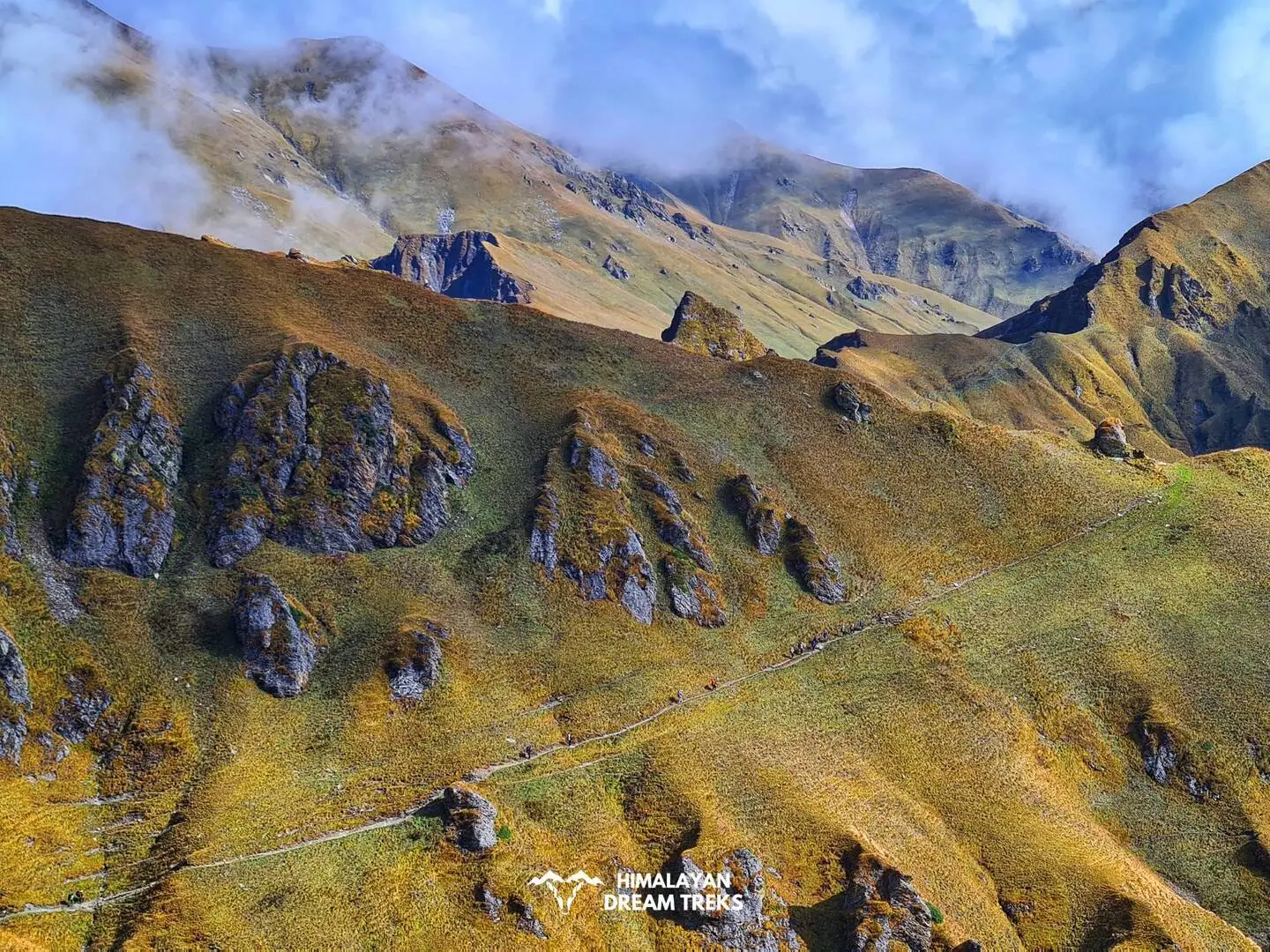


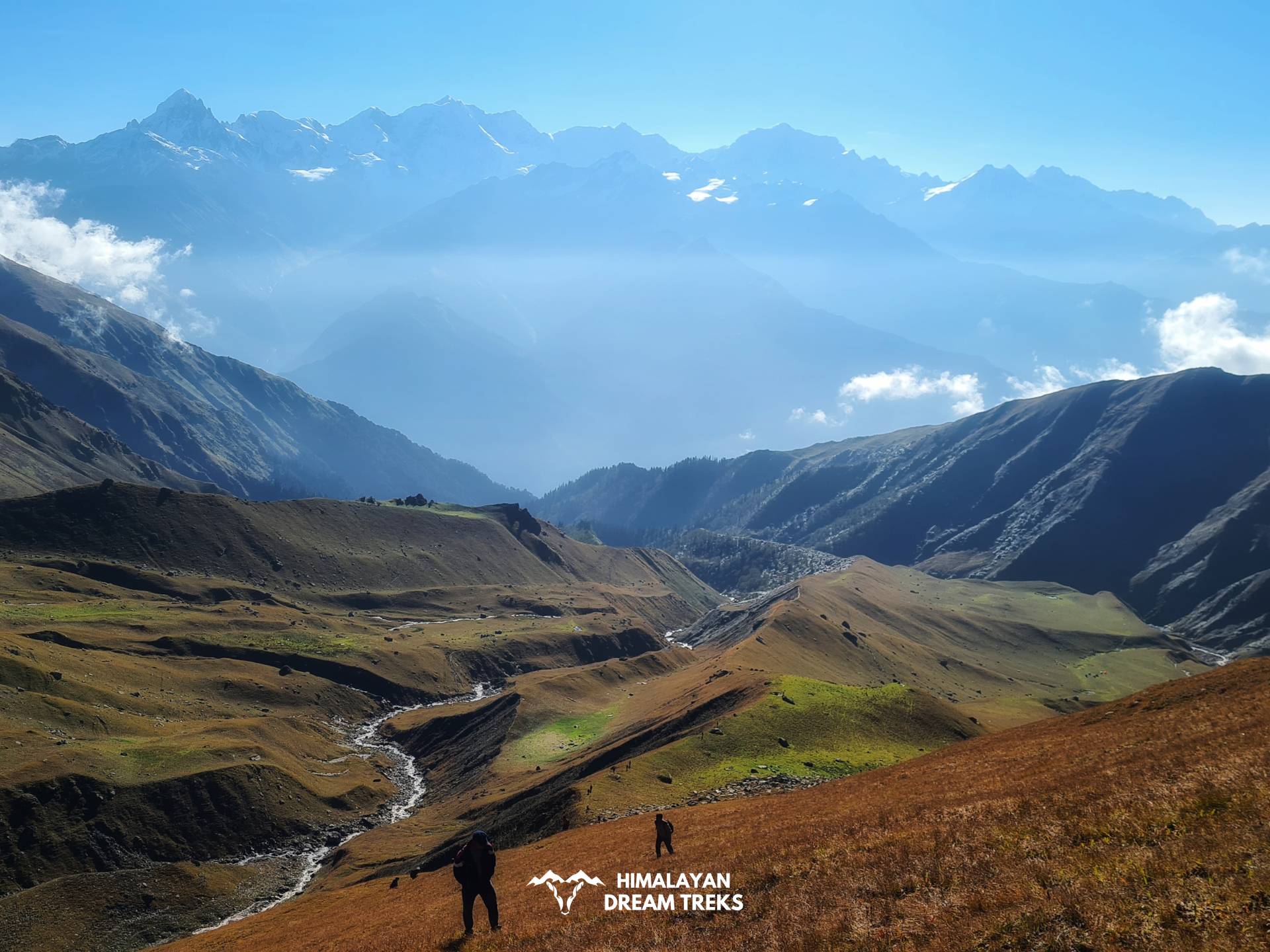

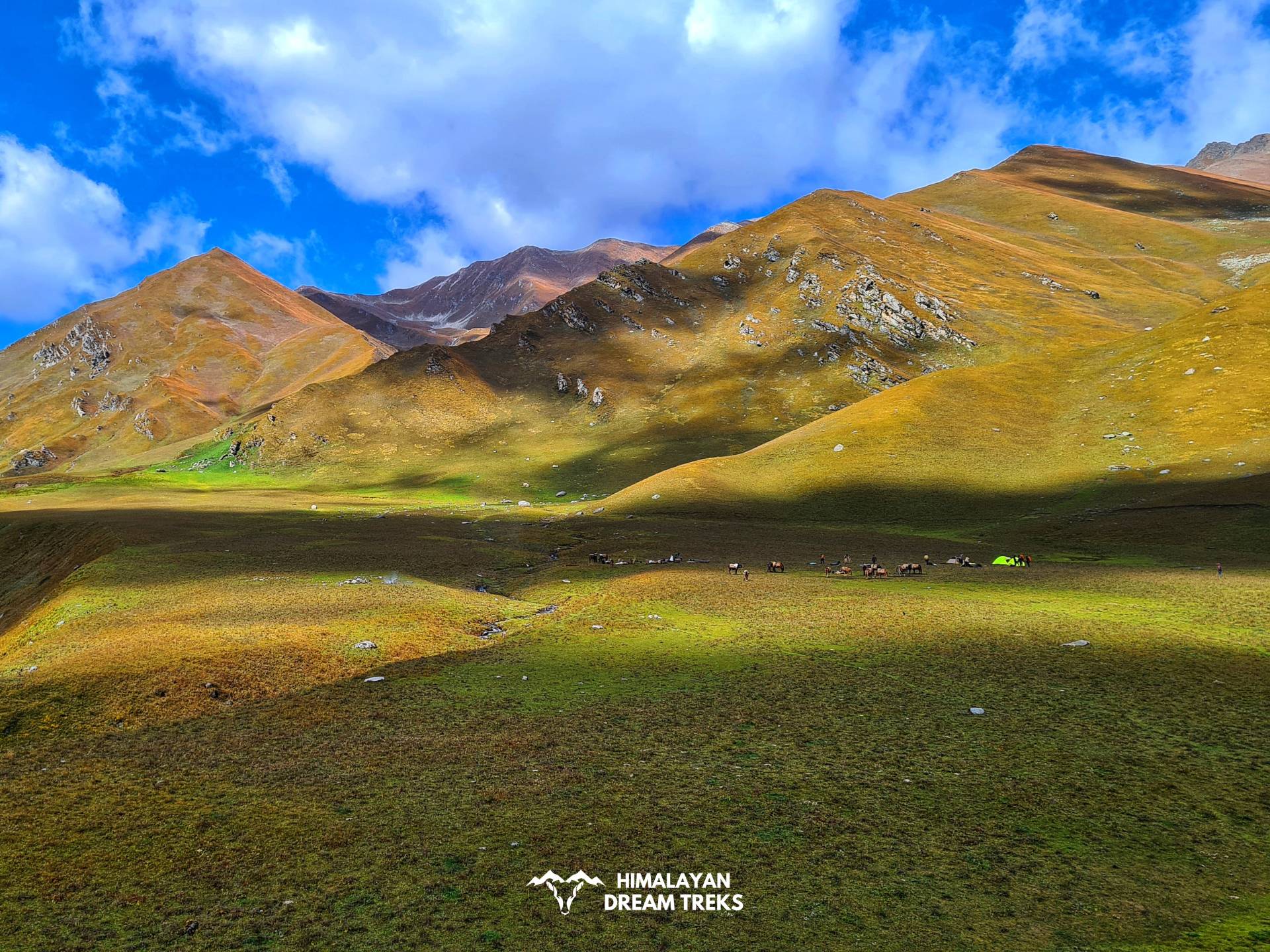
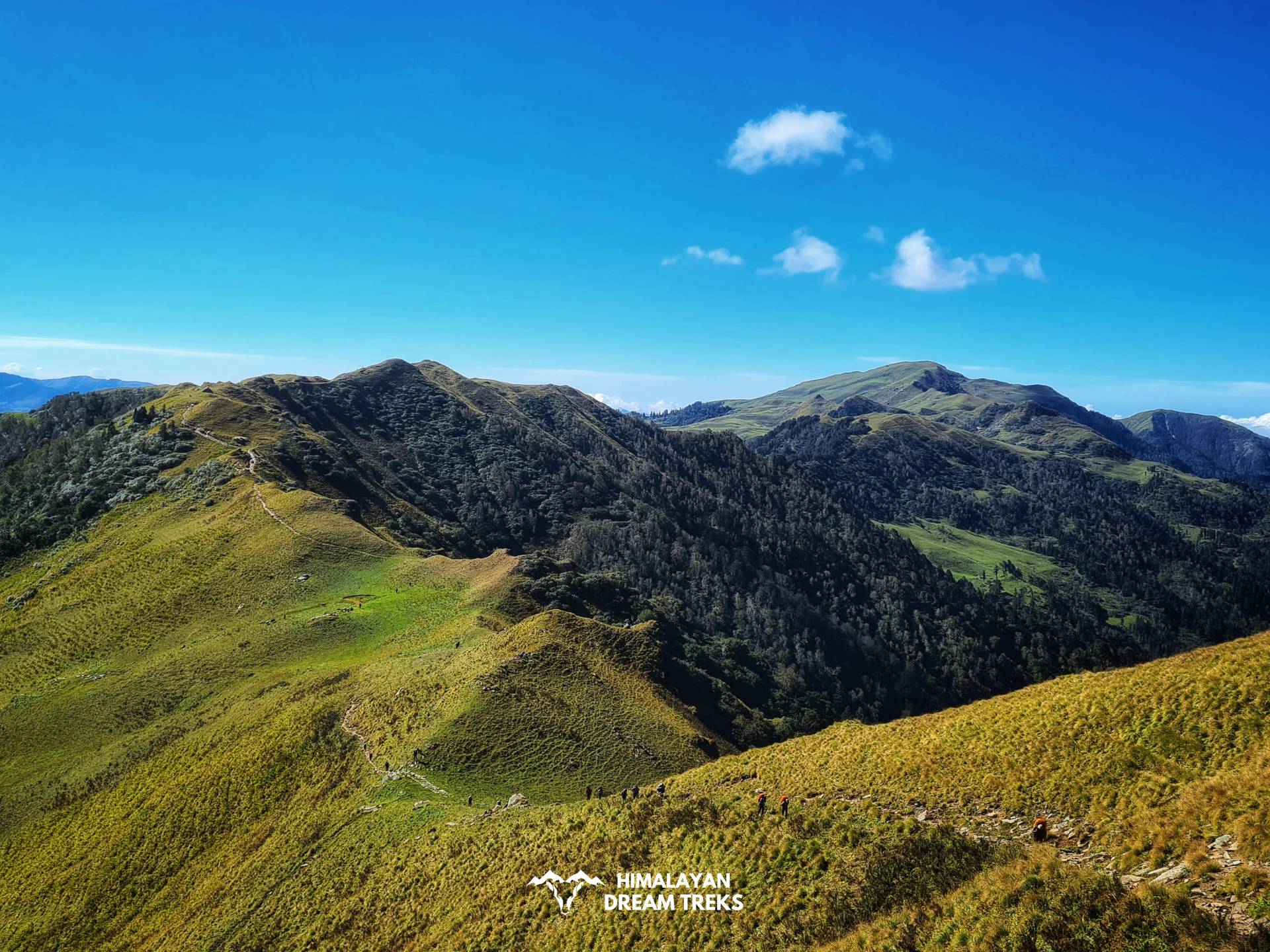
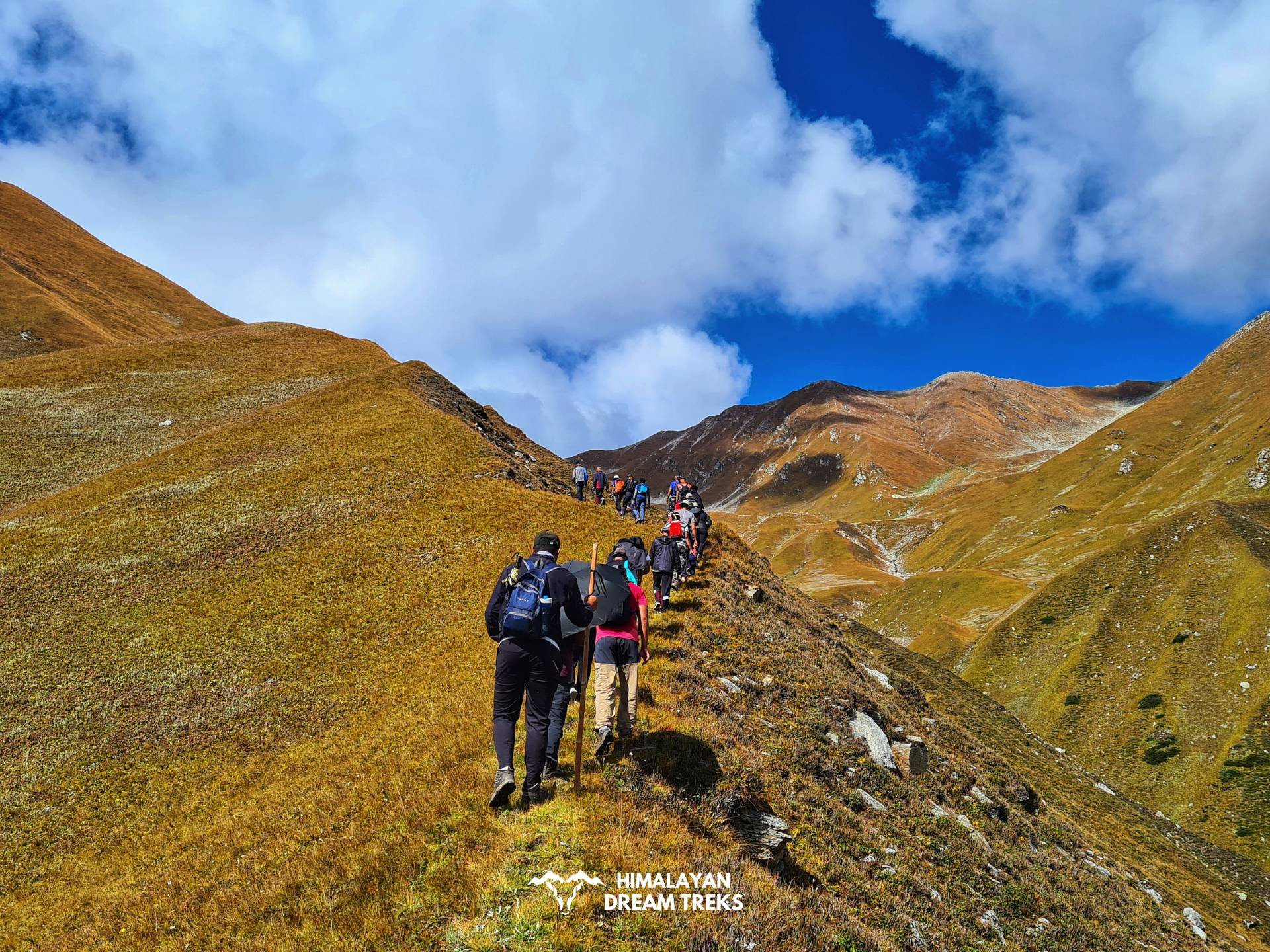

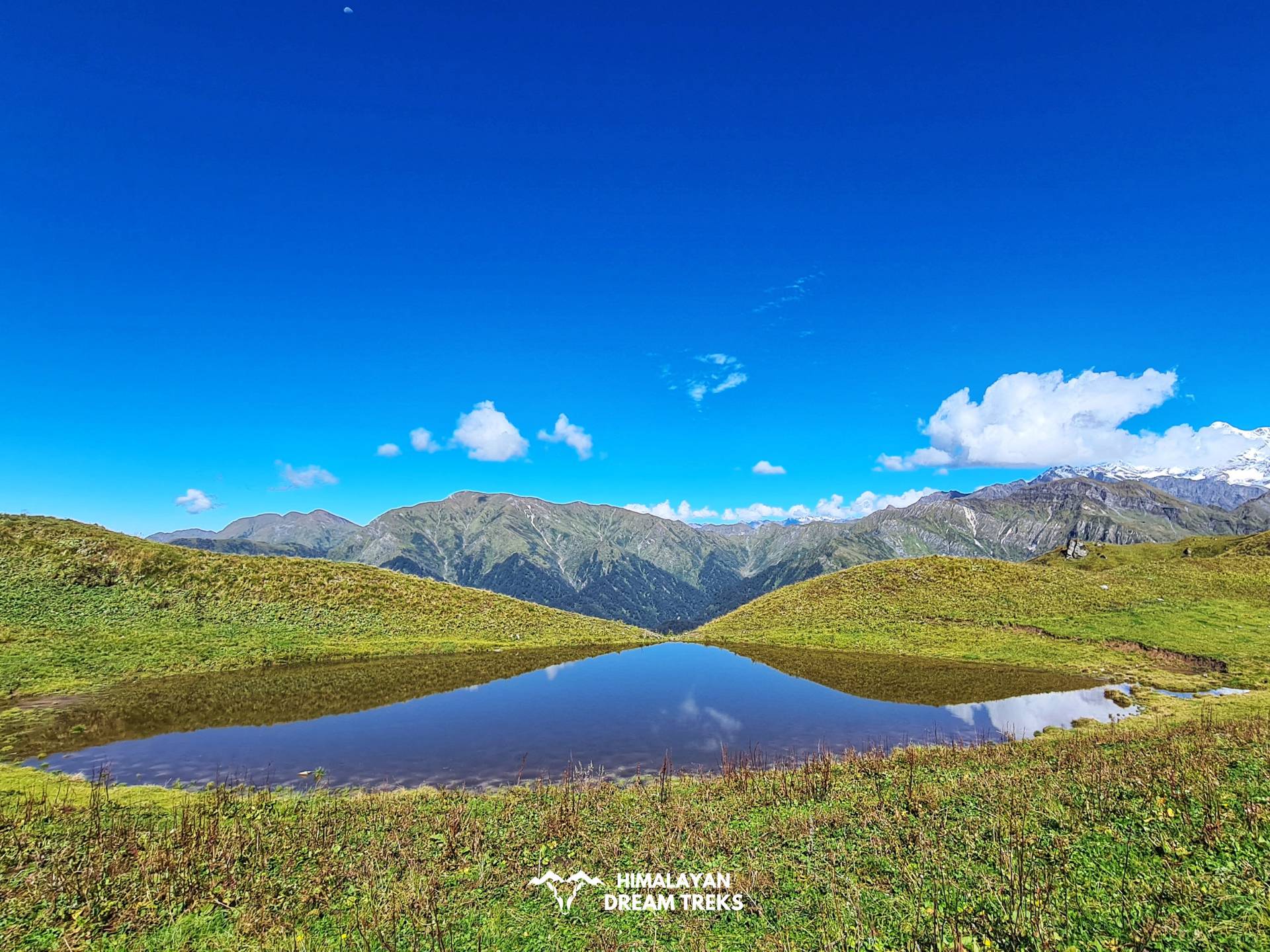

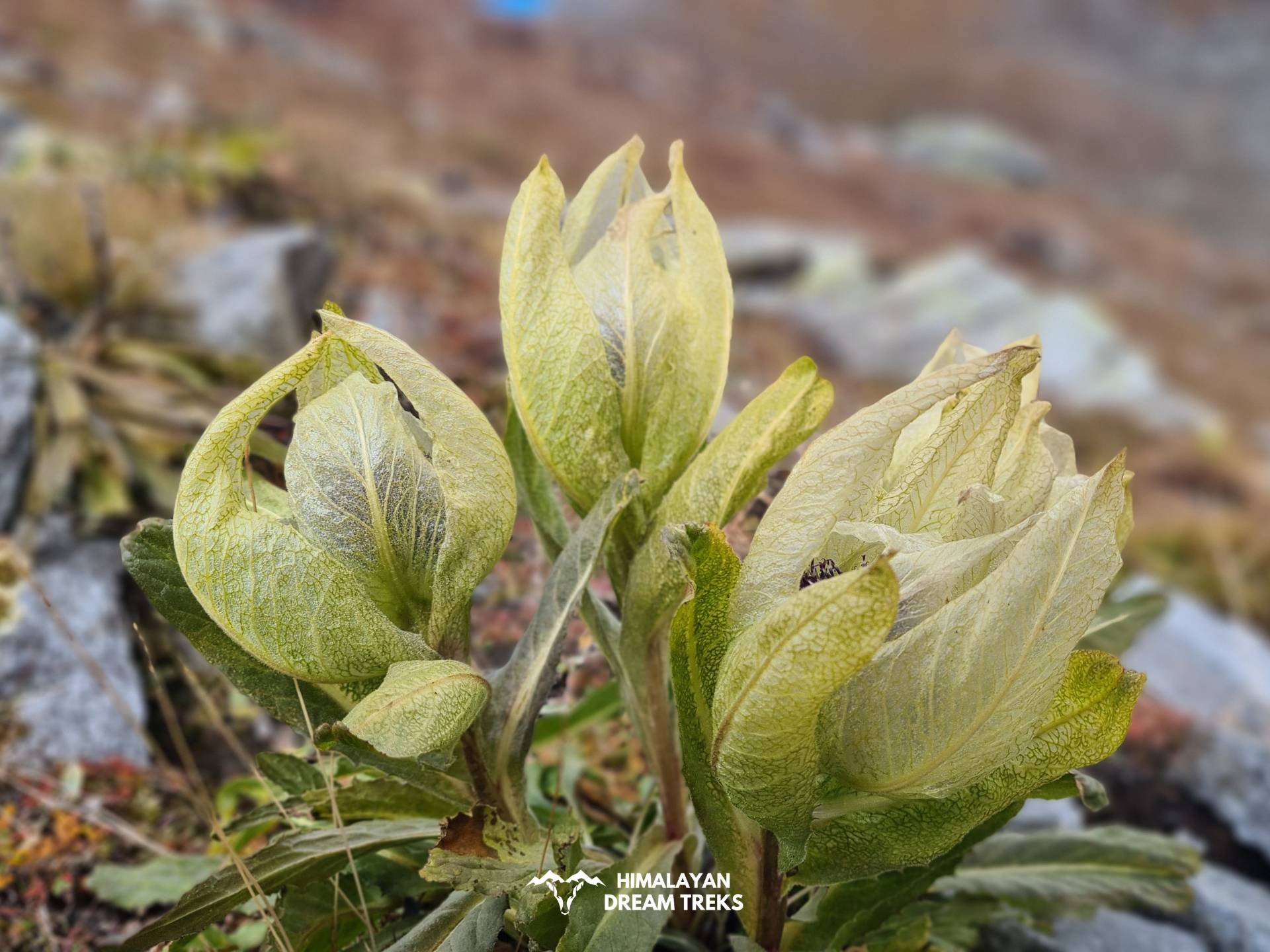
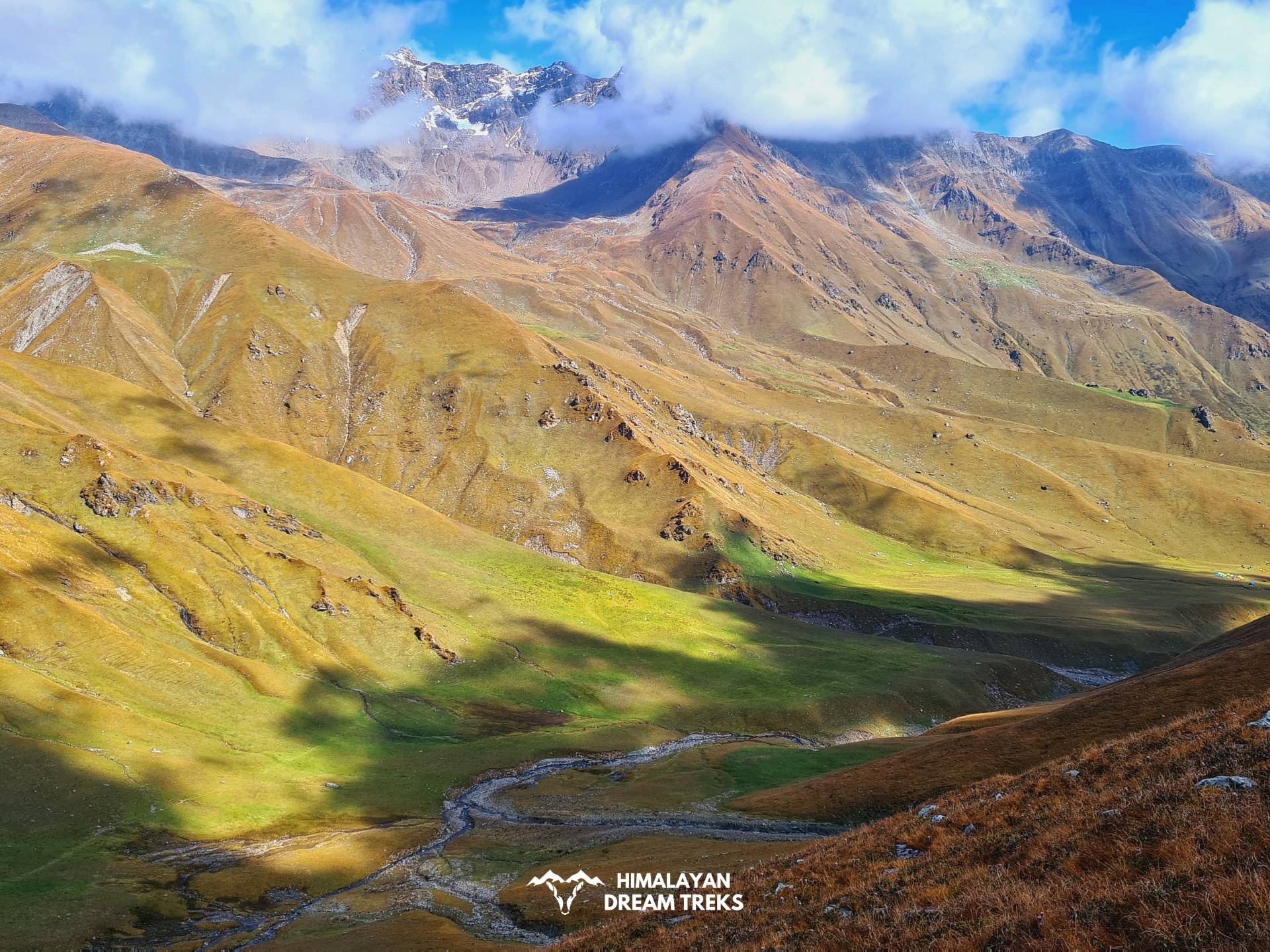
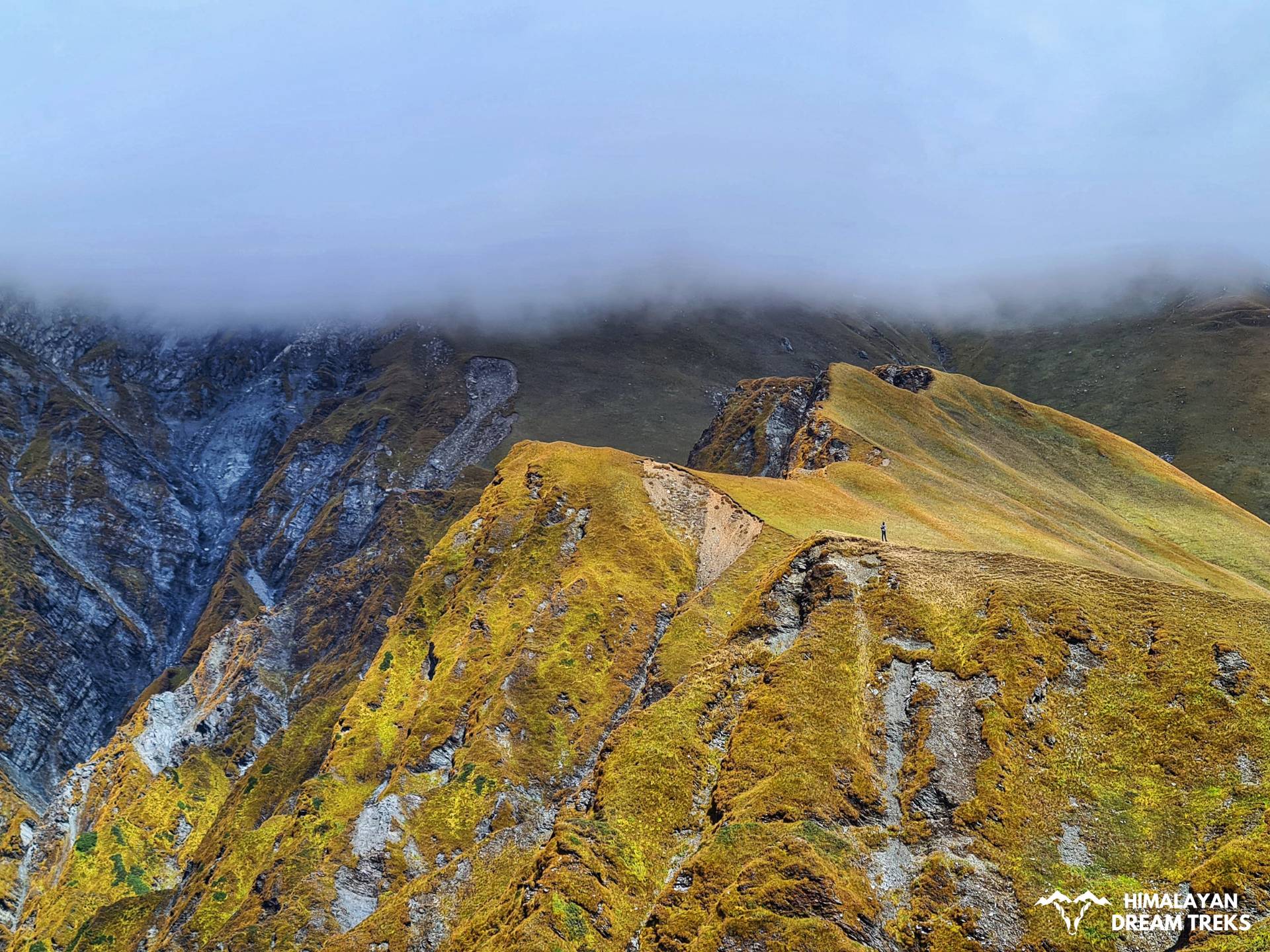
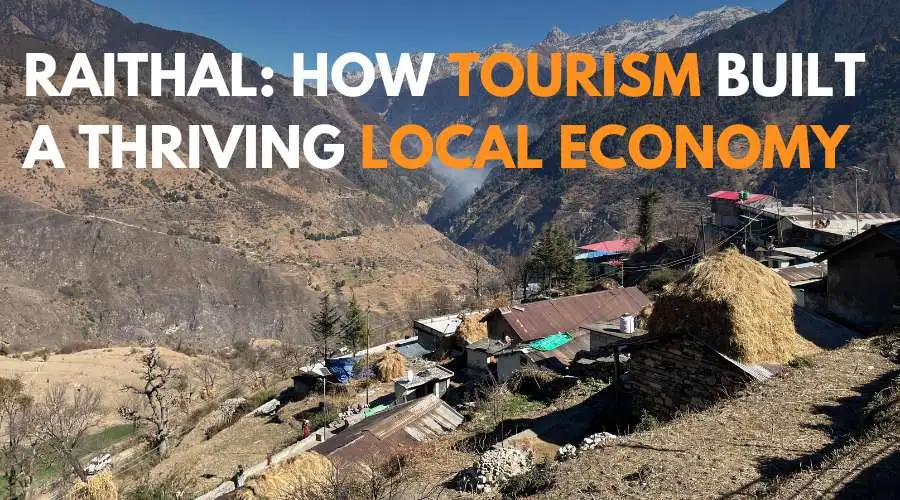
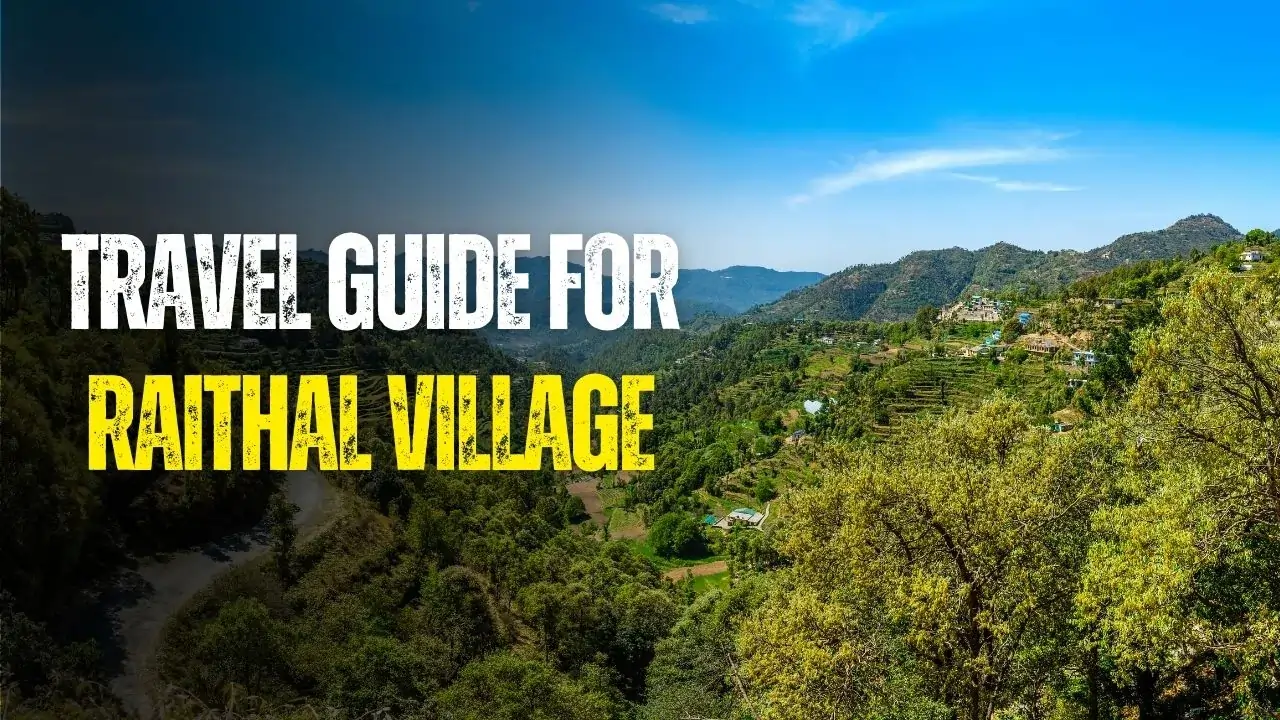



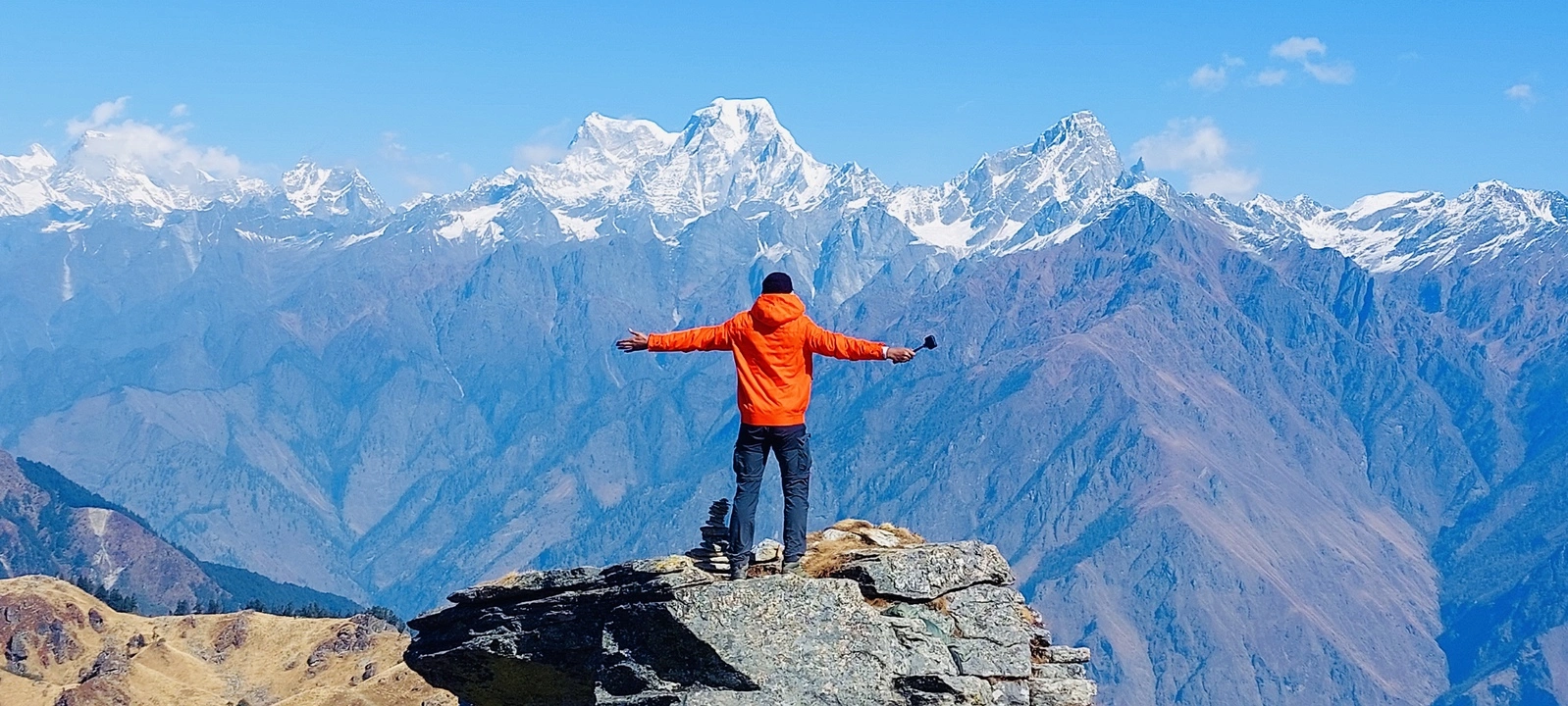

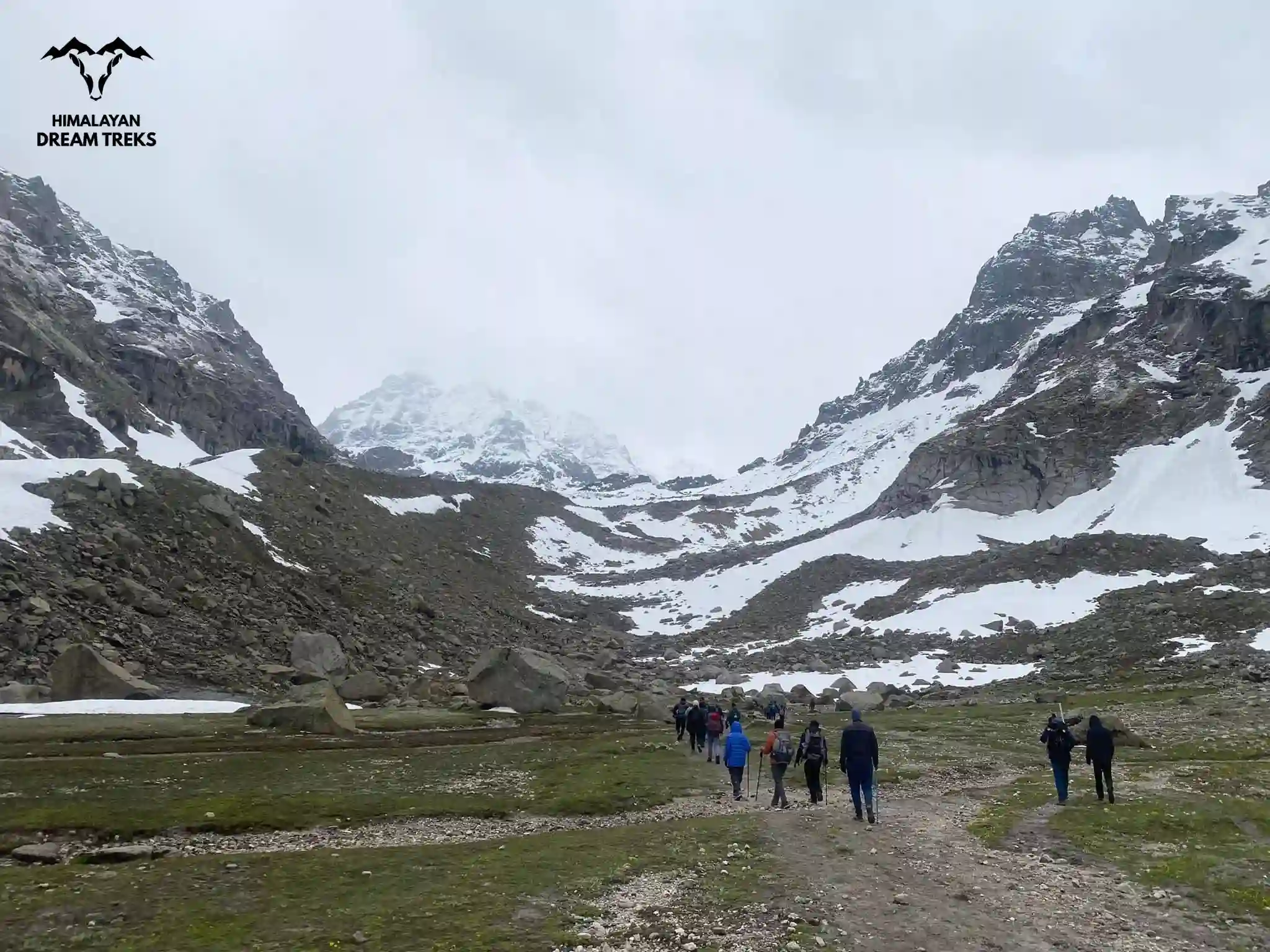

Leave a Comment